As winter’s chill tightens its grip, our feathered friends find solace in the nourishment we provide through bird feeders. But have you ever wondered why filling the bird feeder in the evening is more than just a routine task? Join us as we explore the fascinating reasons behind the importance of this simple yet significant winter ritual.
Winter nights can be harsh, especially for our avian companions seeking sustenance amidst the frosty air. In this blog post, we’ll delve into the key reasons why filling the bird feeder already in the evening is a practice that goes beyond the basics of bird care. Let’s unlock the secrets that make this twilight task an essential part of supporting our feathered neighbors during the colder months.
Sustaining Overnight Energy Reserves
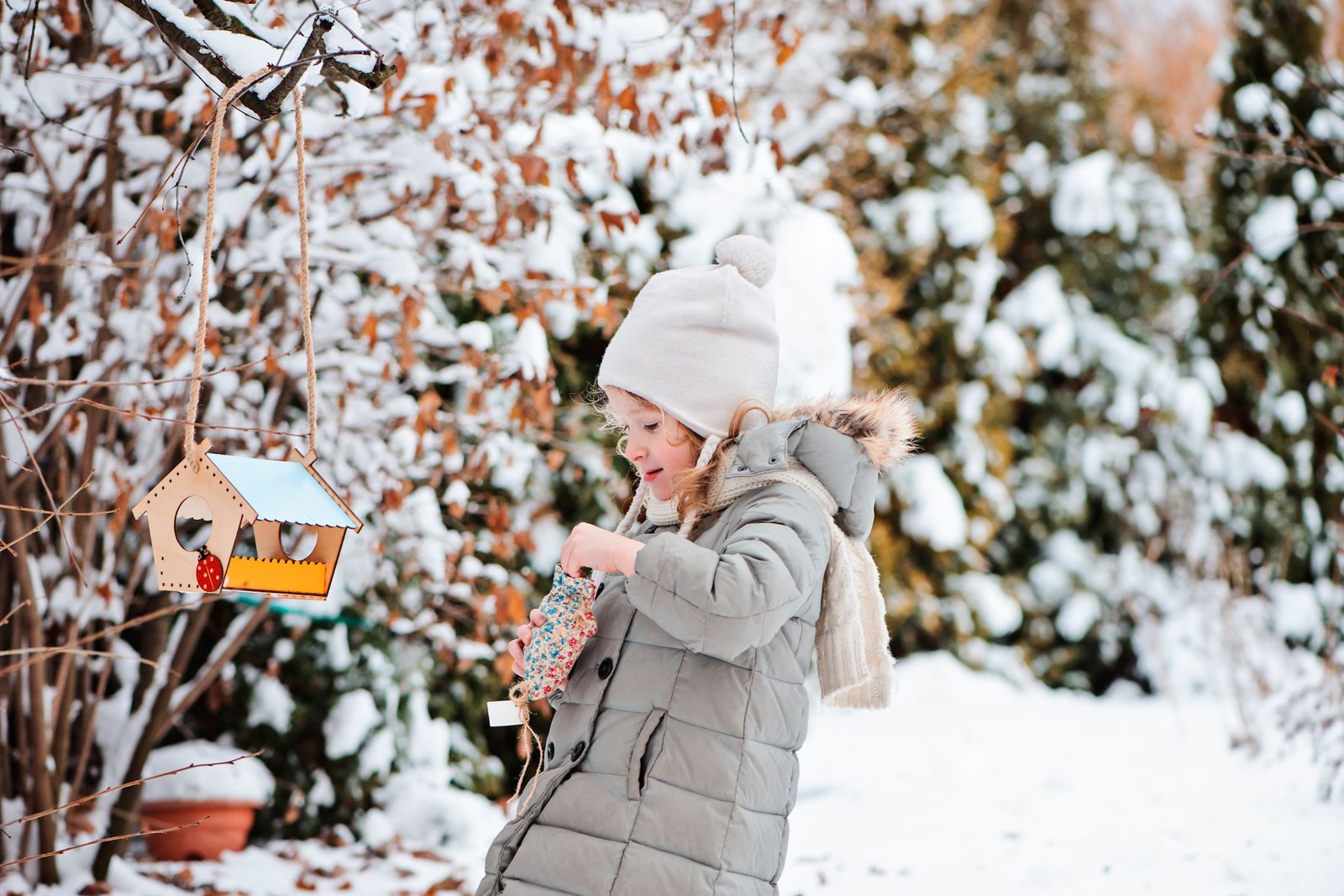
As the sun sets and temperatures plummet, birds prepare for a long night of fasting. Filling the bird feeder in the evening ensures that they have ample reserves to sustain them through the chilly darkness. This is particularly vital during winter when food sources become scarcer, and the energy demands for staying warm escalate.
Early Bird Gets the Seed
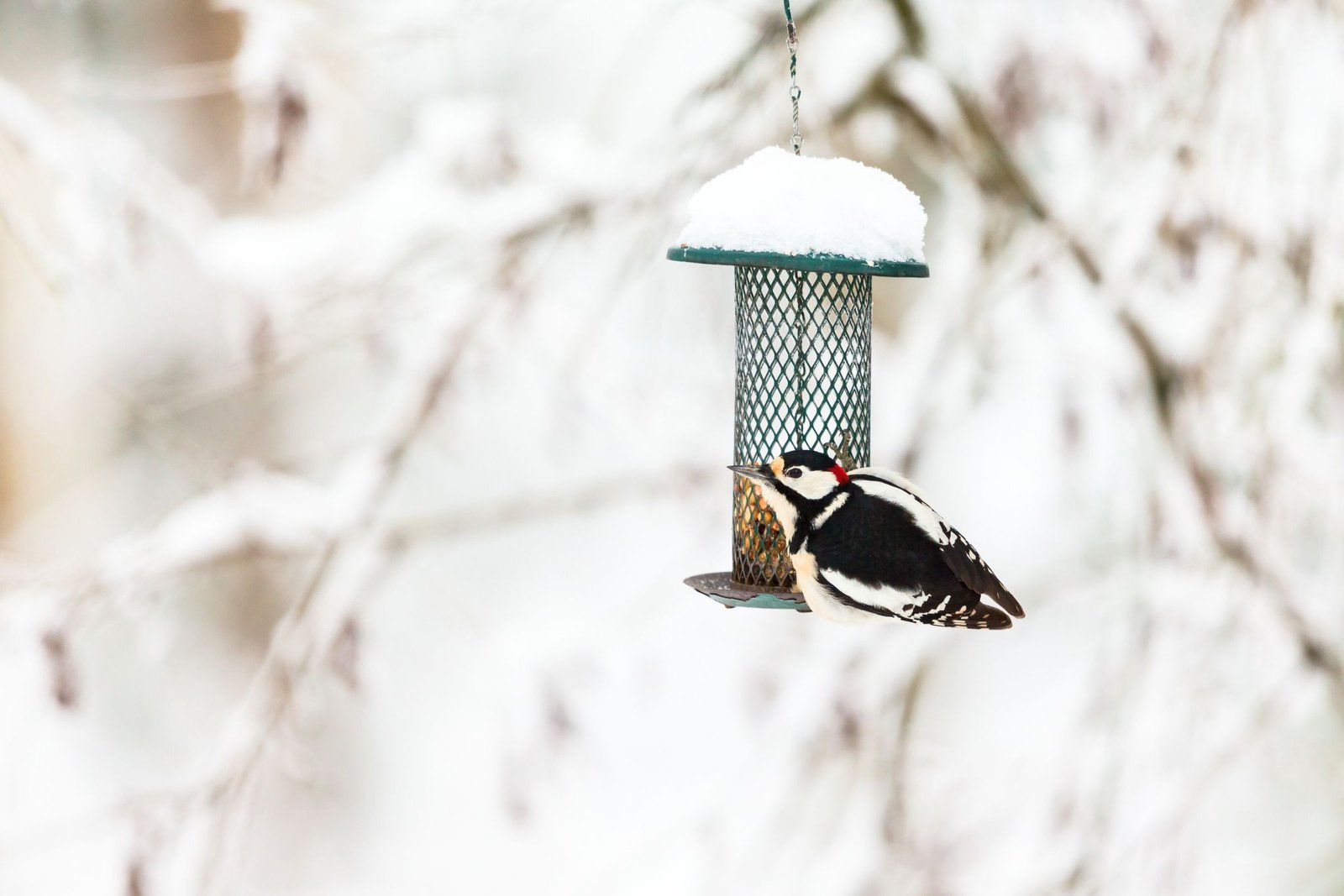
Birds are early risers, and so should be our approach to filling their feeders. By providing an evening supply, we cater to their natural feeding patterns. This strategic timing allows them to fuel up early in the morning when food is scarce, ensuring they have the energy needed to face the challenges of the cold day ahead.
Encouraging Regular Visitors
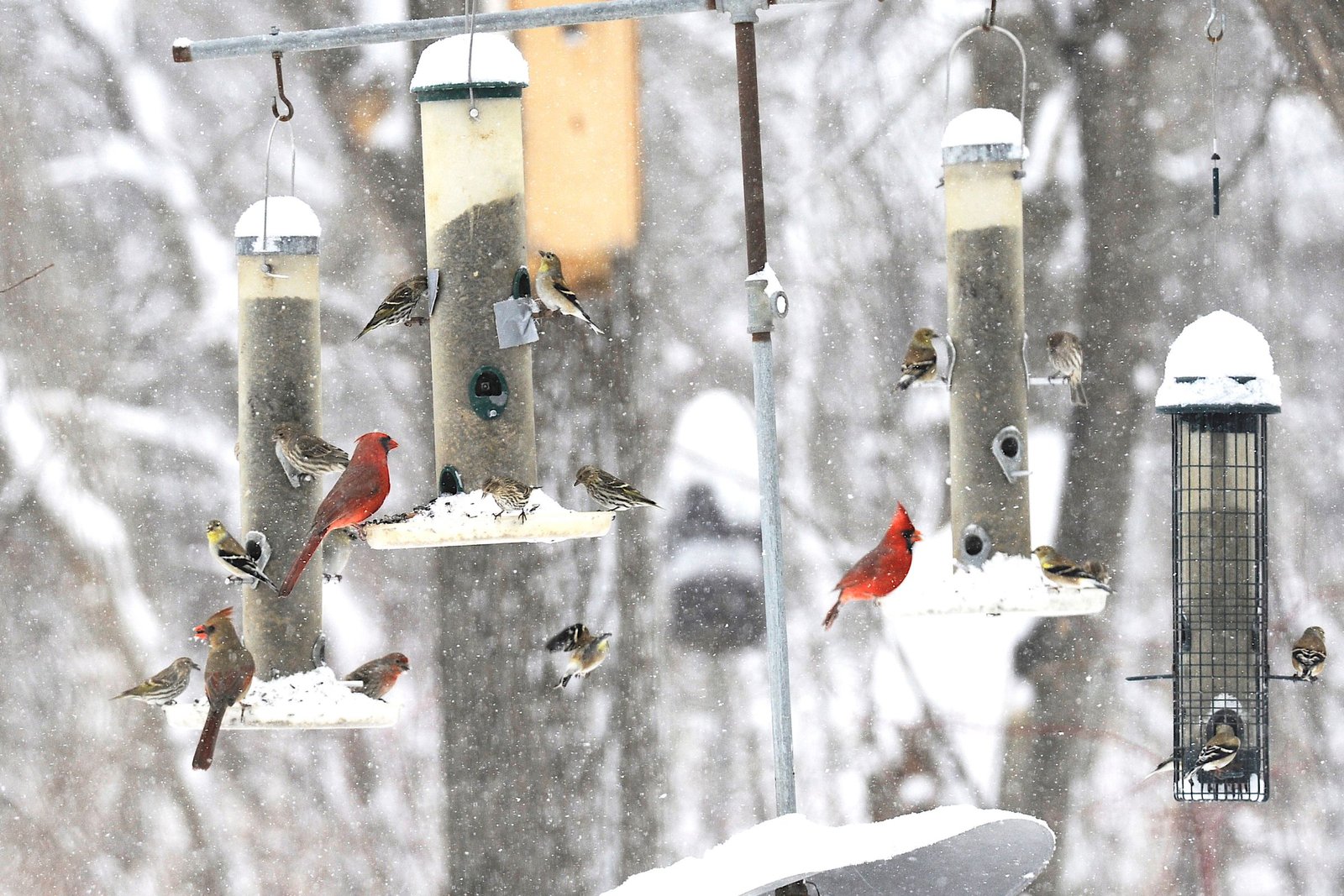
Birds quickly learn and adapt to feeding patterns. By consistently offering an evening feast, you establish a routine that encourages regular visits. This predictability creates a sense of security for the birds, making your backyard a reliable food source, and transforming it into a winter sanctuary.
Minimizing Disturbances in the Morning
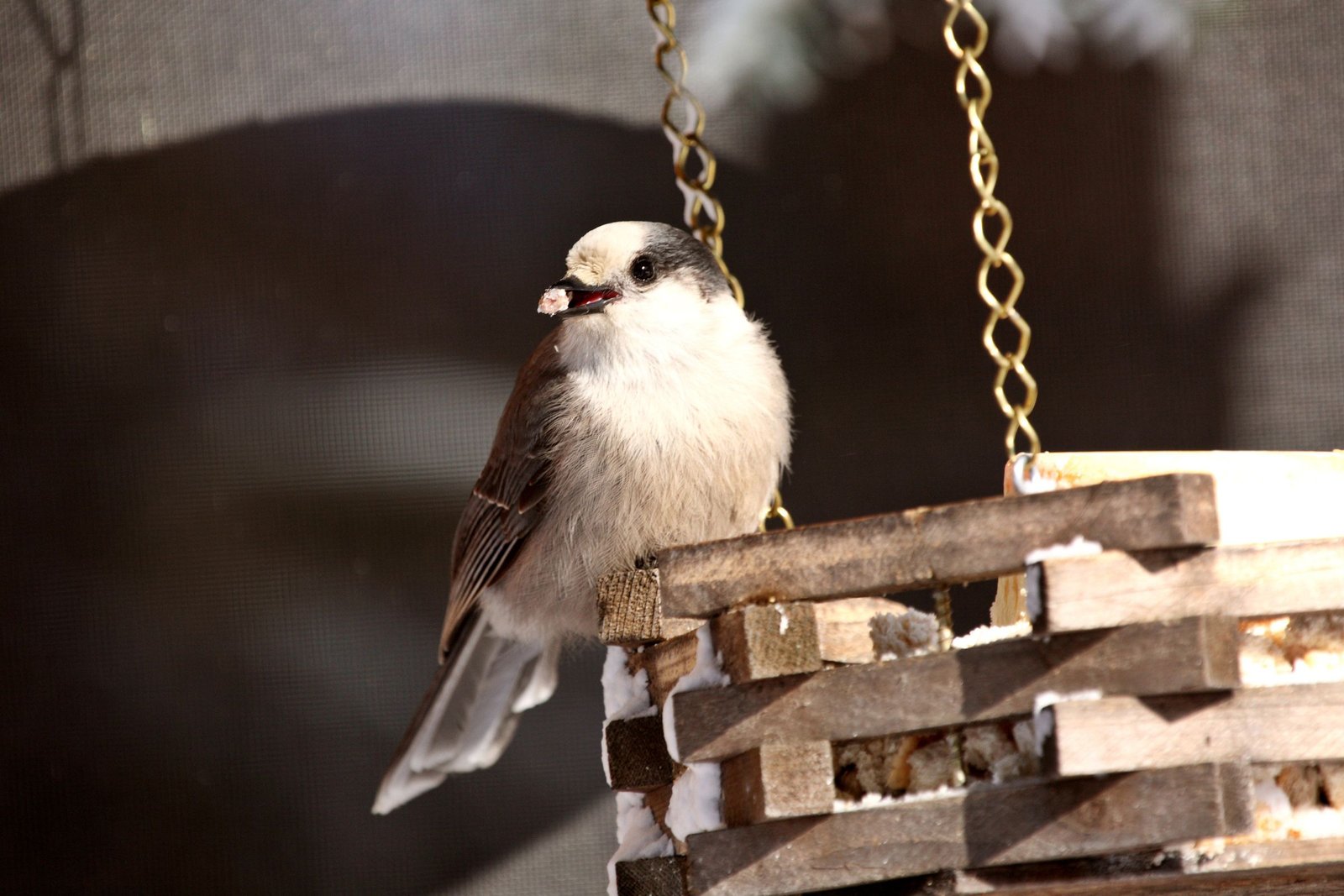
Filling the feeder in the evening minimizes disturbances during the birds’ crucial morning hours. Birds, especially in winter, are more sensitive to disruptions. By prepping their dining spot in the evening, you allow them to enjoy an undisturbed and peaceful morning meal, setting a positive tone for the day.
Catering to Nocturnal Visitors
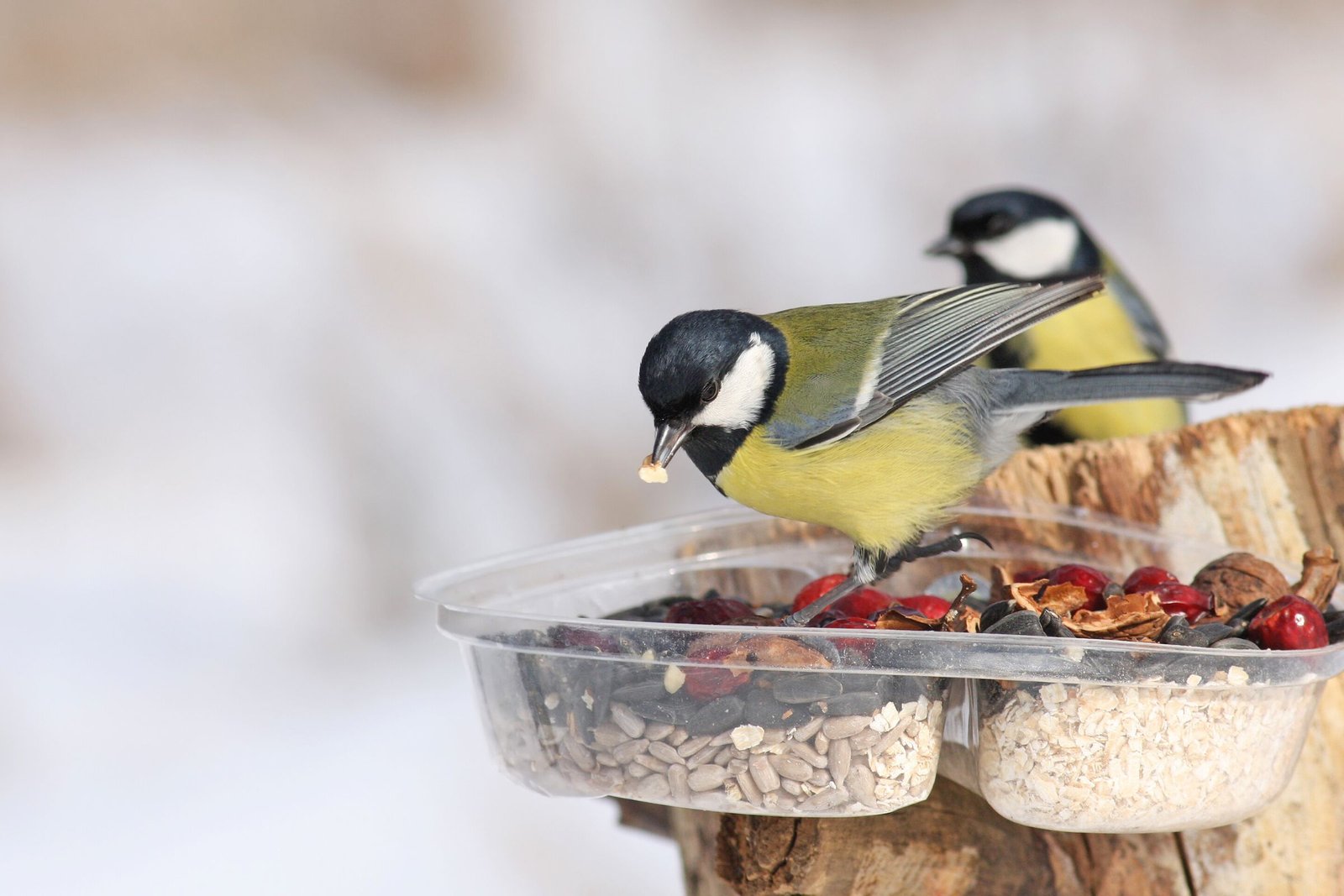
While many birds are diurnal, some species are active during the night. Filling the bird feeder in the evening accommodates these nocturnal visitors, ensuring that a diverse range of feathered friends can find sustenance in your backyard, contributing to the overall biodiversity of your local ecosystem.
Conclusion: Feeding for All Seasons
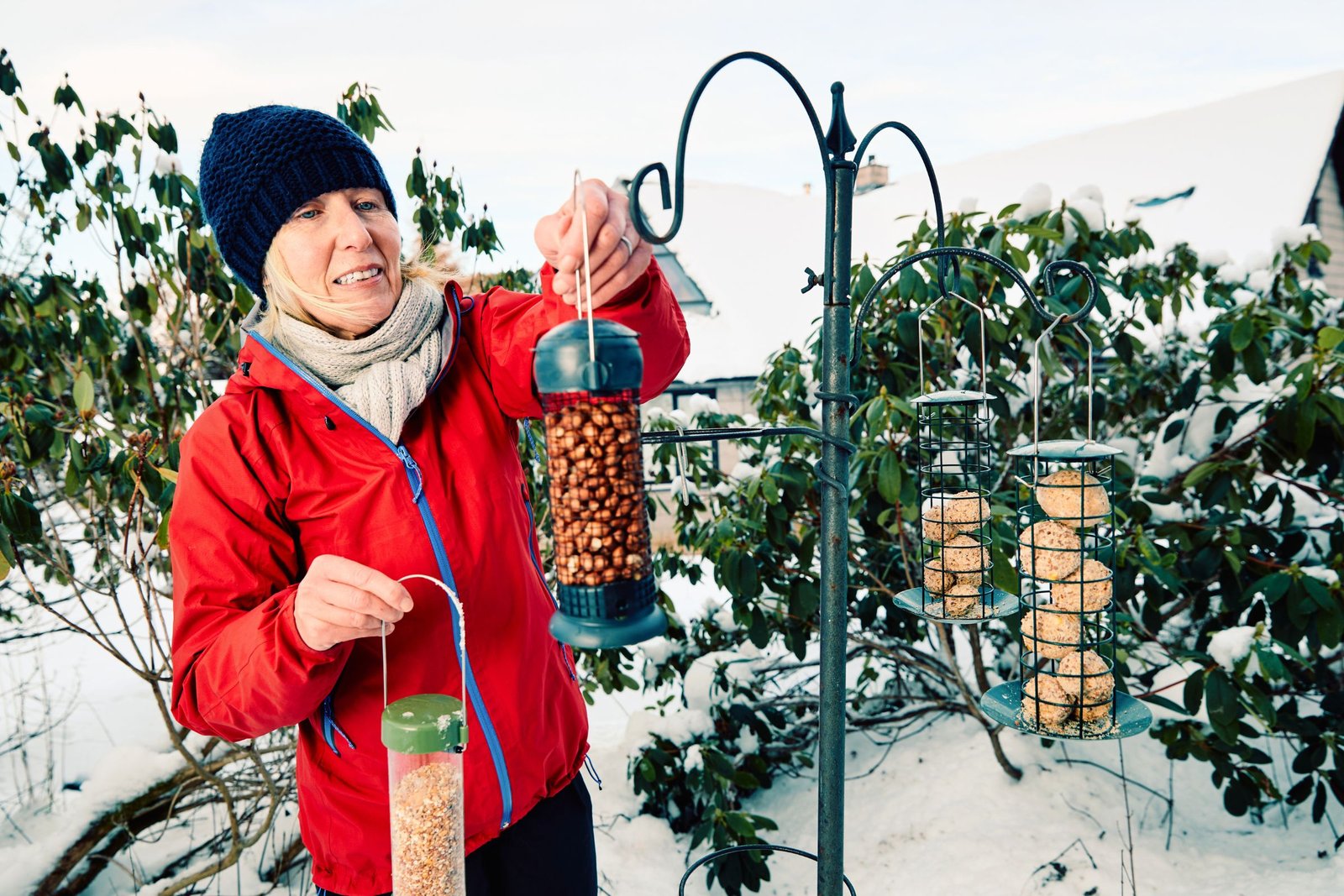
As we embrace the importance of filling the bird feeder in the winter evening, it’s equally valuable to understand the dynamic dietary needs of our feathered friends throughout the year. In the warmer months, birds are adept insect hunters, playing a vital role in maintaining ecological balance by controlling insect populations. During spring and summer, offering supplemental food, such as suet and nectar, complements their natural diet and supports them in raising their fledglings.
However, as winter descends and insects become scarce, birds rely more heavily on our provided sustenance. By offering a diverse mix of seeds, grains, and high-energy foods like suet and sunflower seeds during the colder months, we cater to their changing dietary requirements. This ensures they receive the essential nutrients necessary for maintaining body temperature and energy levels in the face of challenging weather conditions.
So, whether it’s the warm days of summer or the frosty nights of winter, our role as caretakers extends beyond mere provision. It involves understanding the seasonal shifts in our feathered companions’ diets and adjusting our feeding practices accordingly. As we fill the bird feeder in the winter evening, we contribute not only to their survival but also to the thriving biodiversity of our local ecosystems. Together, let’s continue to make our backyards havens for the birds, supporting them through every season.








